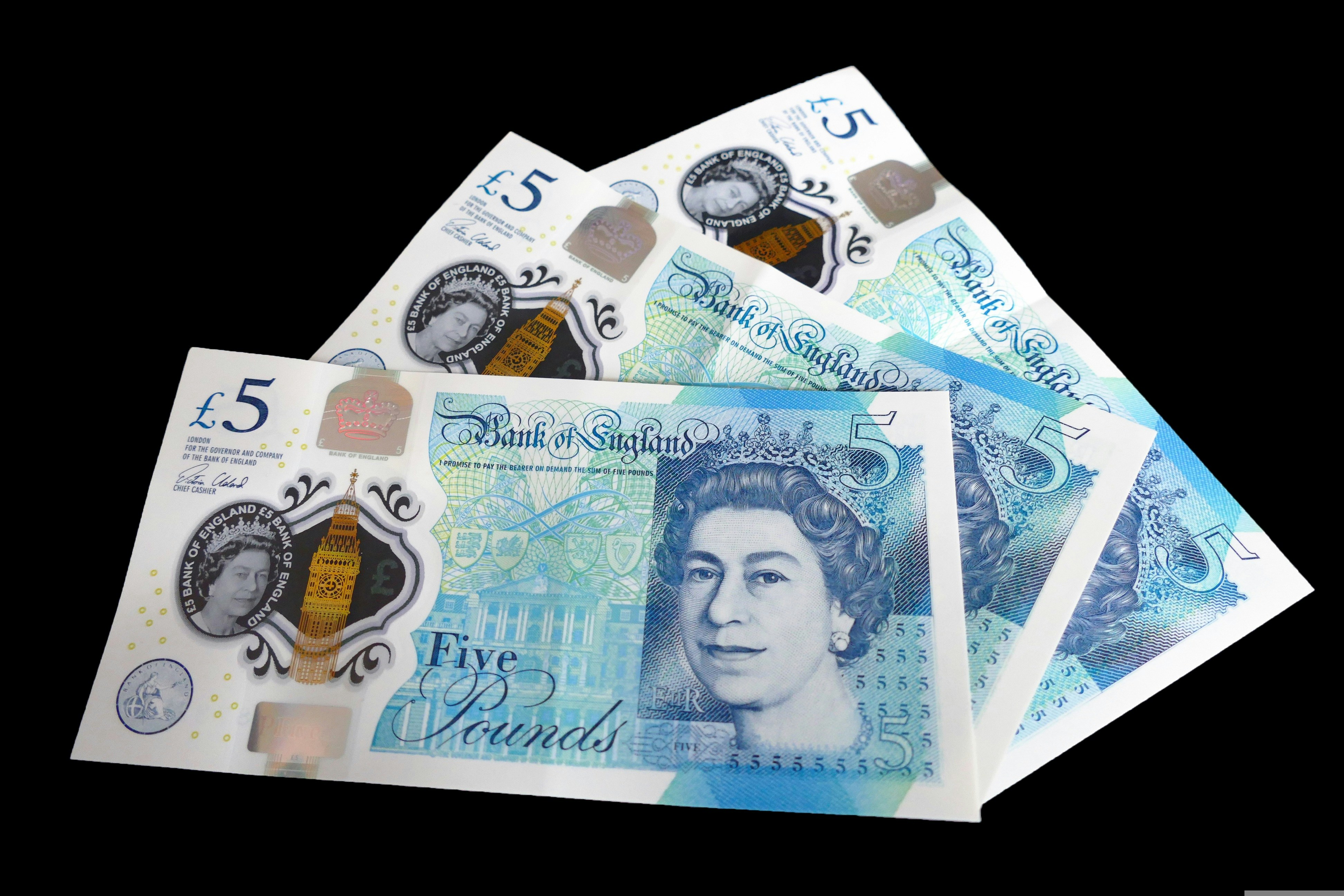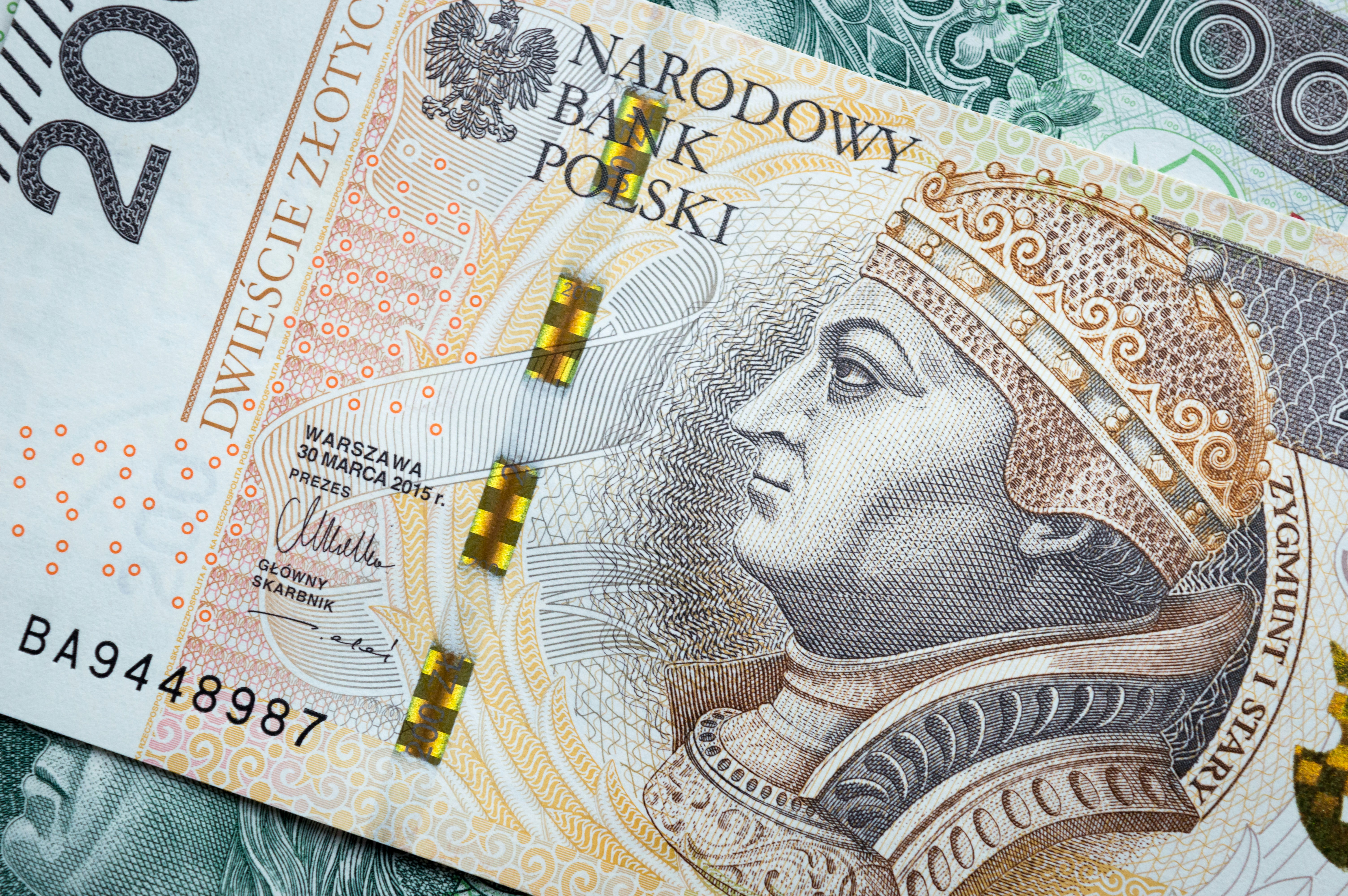Take-Profit Order
Table of contents:
What is a Take Profit Order?
How Does a Take Profit Order Work?
Take Profit Order Example
Pros and Cons of Take-Profit Orders
Conclusion
FAQs
 (1))
A take profit order is an integral part of trading. In fact, it is the take profit order that provides profit to players in the market. However, take profit orders also has its own subtleties; it is very important to be able to correctly set take profits. In this article we will explain in detail what take profit is, the pros and cons of this tool, and how to place a take profit order.
What is a Take Profit Order?
A take profit order is a limit order in which you specify the exact closing price of a position (or part of a position), if the asset reaches this price, the order is executed (the position or part of the position is closed with a profit), but if the price does not reach the specified value, then the order is not executed (profit is not recorded).
Take profit is often used in combination with stop loss in trading. Both take profit and stop loss help control the position, indicating the profit that the position can achieve and the maximum loss (stop loss) at which the position will be closed. If the price moves towards the take profit and reaches it, then you make your profit, but if the price reaches the stop loss, then you lose money. The difference between these two points - take profit and stop loss - helps determine the risk-reward ratio.
Key takeaways:
-
Take-profit (T/P) orders are limit orders that are closed when a specified profit level is reached.
- Limit prices for T/P orders are placed using either fundamental or technical analysis.
- Take-profit orders are beneficial for short-term traders interested in profiting from a quick bump in the security costs.
How Does a Take Profit Order Work?
Take-profit (T/P) orders are a smart way for day traders to lock in profits and control risk. With a T/P order, you set a price where you want to sell a stock or other security. This price is higher than what you paid, so you make a profit when the sale happens.
Here's an example: Let's say a day trader buys 1,000 shares of a stock at $5.25 each. They think the stock will go up during the day, so they put in a take-profit order. They tell the system to automatically sell the stock once it hits $8.50 per share. This way, they secure a nice profit.
T/P orders help you limit risk by getting you out of a trade as soon as the price is in your favor. You don't have to stay in the market longer than needed.
To set a good take-profit order, you need to analyze the stock's value and where the market might go. Some ways to figure out a good T/P price are:
-
Using the average price range and overnight highs/lows
- Looking at daily or weekly pivot points
- Studying chart patterns
A T/P order is an automatic way to exit a trade based on profit and loss, not emotions. It helps you make clear-headed choices while trading.
By using take-profit orders, day traders can grab profits when the time is right and protect themselves from market ups and downs. It's a powerful tool that can help you trade with more confidence and control.
Take Profit Order Example
Let's look at how take profit works using a specific example in trading: A trader sees a stable bullish trend and decides to open a long trade. The trader believes that the price can rise by 15% compared to the current level, and sets a take profit of 15% more. In this case, the trader places a stop loss five percent below the current market price.
What happens: in the best case scenario, the trader will take his profit of 15%, and in the worst case scenario, he will lose 5% of the transaction. Thus, the risk-reward ratio is 5:15 or 1:3, which is a good indicator. Limit order (take profit and stop loss) allows the trader not to constantly monitor the market and close the deal manually. The trader already knows that upon reaching a certain value, the transaction itself will close in plus (or minus). The trader already knows roughly what to expect from the transaction even before it is executed.
Many people set several take profit orders. For example, our trader decided to divide the position into three parts (three take profit orders): the first part of the transaction will be closed if the price rises by 5%, the second part of the position will be closed if the price rises by 10%, and the third part will be fixed at 15%. On the one hand, this will bring less profit than if the entire position was closed by 15%, but this approach allows you to minimize risks. What if the price does not reach 15%, but reaches 10 and reverses and goes down to the stop loss? If absolutely your entire position was fixed at 15% take profit point, then it would be quite a shame, you were just a little short of winning. But if you split the position, then you could take away a third of the position by 5%, another third by 10%, but the rest would be closed by stop loss, but at the same time your losses would be less, and in our case you would still be left in the black. Therefore, do not neglect dividing the position into several take profit orders.
Pros and Cons of Take-Profit Orders
Now let's move on to the pros and cons of take profits.
Pros Explained
-
Ensure a profit: Take profit orders are set to ensure that day traders make some level of profit. If your order is executed, you are guaranteed to make money on the trade.
- Minimize risk: Take profit orders allow you to take advantage of a quick rise in the market rather than potentially missing the chance to sell at a profit.
- No second-guessing: Traders who use take profit orders don't have to decide whether it is better to buy or sell at the moment. The trade happens automatically without the risk of second-guessing the decision.
Cons Explained
-
Not for the long-term game: Take profit orders are mostly designed for instant profit, so they are mainly used by traders, not investors. Investors are playing the long game, they are willing to wait out more ups and downs, and their decision to close a position at a certain point may change.
- You cannot take advantage of big trends: a situation often arises when traders take a profit and everything seems to be fine, but after that the price has increased several times more. Then traders will be upset, because there was a chance to set the take profit further and take more profit.
- It may not be executed at all: having a profit-taking sell order does not guarantee that the sale will take place.
Conclusion
That's all you need to know about the take profit order. A take profit order is a necessary part of the transaction for most traders, so if you are trading, for example, stock, then using a take profit order will not be superfluous.
FAQs
What's The Difference Between Stop-Loss Vs Take-Profit Order?
Stop Loss is a fixation of losses, and a Take Profit order is a fixation of earnings.
What's The Difference Between Limit Order Vs Take-Profit Order?
Limit order buys or sells at a specific price, while take profit orders sell automatically when a target price is reached to secure profits.
Can I Change Or Cancel My Take-Profit Order?
Yes, a take profit order can always be canceled or changed.
Can I Place A Take-Profit Order And A Stop-Loss Order At The Same Time?
Yes, you can. Placing a stop loss and take profit orders simultaneously creates a defined risk-reward strategy, helping you manage both potential profits and losses.


